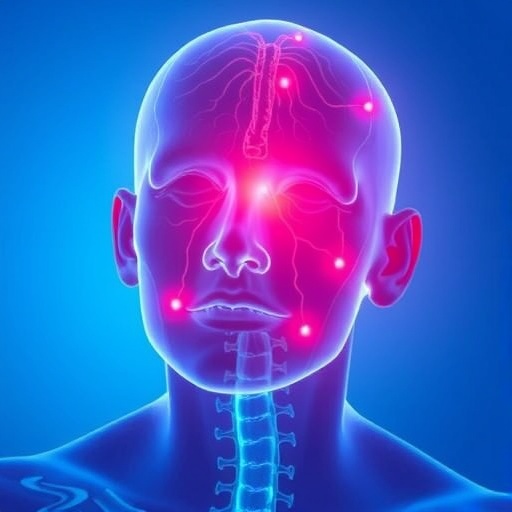Prague, Czech Republic – 26 May 2017: Statins are associated with improved heart structure and function, according to research presented today at EuroCMR 2017.1 The benefits were above and beyond the cholesterol lowering effect of statins.
"Statins are primarily used to lower cholesterol," said lead author Dr Nay Aung, a cardiologist and Wellcome Trust research fellow, William Harvey Research Institute, Queen Mary University of London, UK. "They are highly effective in preventing cardiovascular events in patients who have had a heart attack or are at risk of heart disease."
He continued: "Statins have other beneficial, non-cholesterol lowering, effects. They can improve the function of the blood vessels, reduce inflammation, and stabilise fatty plaques in the blood vessels. Studies in mice and small studies in humans have shown that statins also reduce the thickness of heart muscle but this needed to be confirmed in a larger study."
This study investigated the association between statins and heart structure and function. The study included 4,622 people without cardiovascular disease from the UK Biobank, a large community-based cohort study. Cardiac magnetic resonance imaging was used to measure left and right ventricular volumes and left ventricular mass. Information on statin use was obtained from medical records and a self-reporting questionnaire.
The relationship between statin use and heart structure and function was assessed using a statistical technique called multiple regression which adjusts for potential confounders that can have an effect on the heart such as ethnicity, gender, age, and body mass index (BMI).
Nearly 17% of participants were taking statins. Those taking statins were older, had higher BMI and blood pressure, and were more likely to have diabetes and hypertension. "This was not surprising because we prescribe statins to patients at high risk of heart disease and these are all known risk factors," said Dr Aung.
Patients taking statins had a 2.4% lower left ventricular mass and lower left and right ventricular volumes. Dr Aung said: "People using statins were less likely to have a thickened heart muscle (left ventricular hypertrophy) and less likely to have a large heart chamber. Having a thick, large heart is a strong predictor of future heart attack, heart failure or stroke and taking statins appears to reverse the negative changes in the heart which, in turn, could lower the risk of adverse outcomes."
"It is important to note that in our study, the people taking statins were at higher risk of having heart problems than those not using statins yet they still had positive heart remodelling compared to the healthier control group," added Dr Aung.
In terms of how statins might reduce the thickness and volume of the heart, Dr Aung said several studies have demonstrated that statins reduce oxidative stress and dampen the production of growth factors which stimulate cell growth. Statins also increase the production of nitric oxide by the cells lining the blood vessels, leading to vasodilatation, improved blood flow, lower blood pressure, and lower stress on the heart, which is less likely to become hypertrophied.
The findings raise the issue of extending statin prescriptions to anyone above the age of 40, but Dr Aung said that was probably not the way to go.
"There are clear guidelines on who should receive statins," he said. "There is debate about whether we should lower the bar and the question is when do you stop. What we found is that for patients already taking statins, there are beneficial effects beyond cholesterol lowering and that's a good thing. But instead of a blanket prescription we need to identify people most likely to benefit – i.e. personalised medicine."
Dr Aung said: "A dual approach should be considered to identify people who will benefit most from statins. That means looking at not only clinical risk factors such as smoking and high blood pressure, but also genetic (hereditary) factors which can predict individuals' response to statins. This is an area of growing interest and one that we are also investigating in our lab with our collaborators."
###
Media Contact
ESC Press Office
[email protected]
@escardio
http://www.escardio.org
############
Story Source: Materials provided by Scienmag




